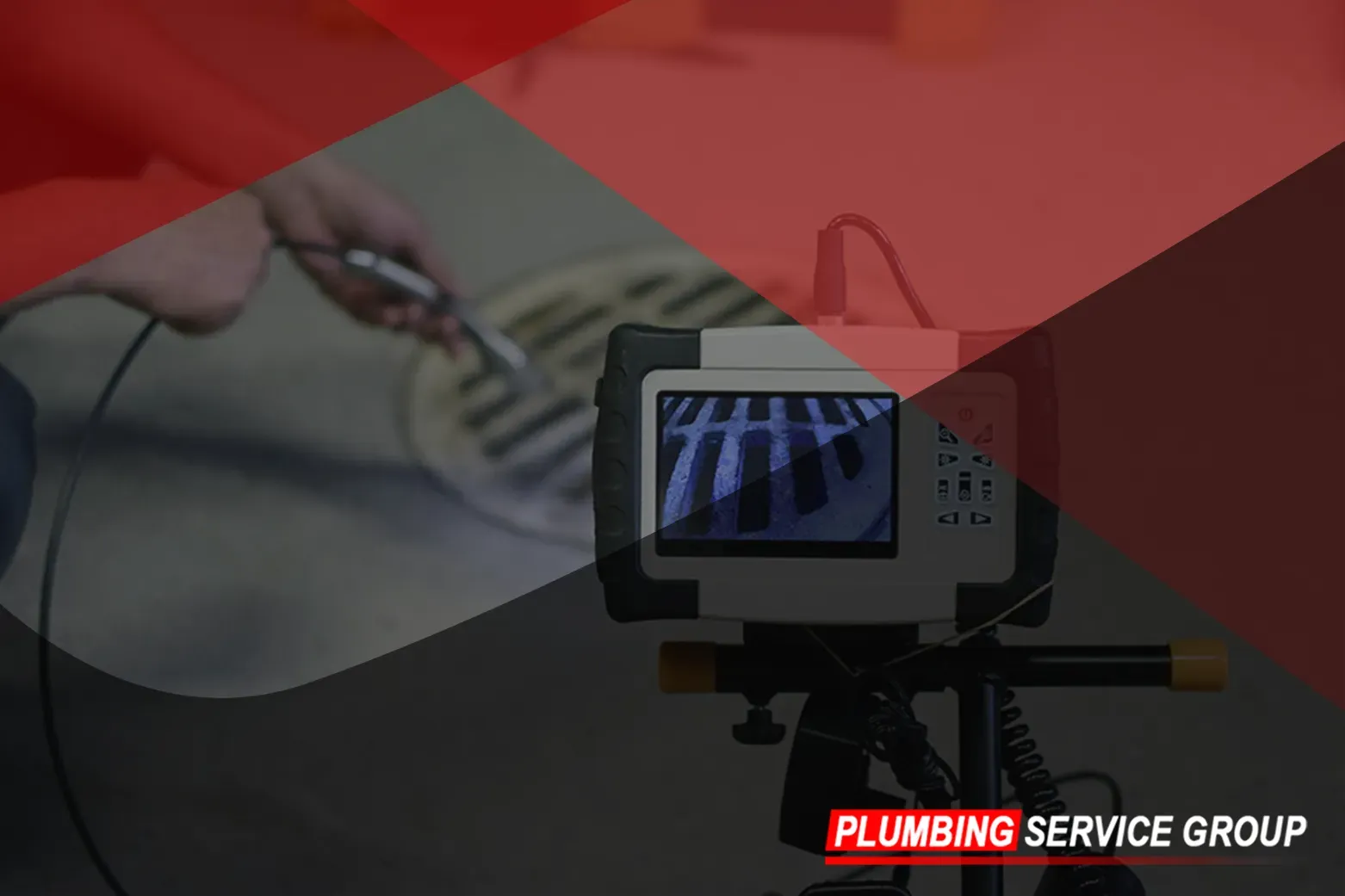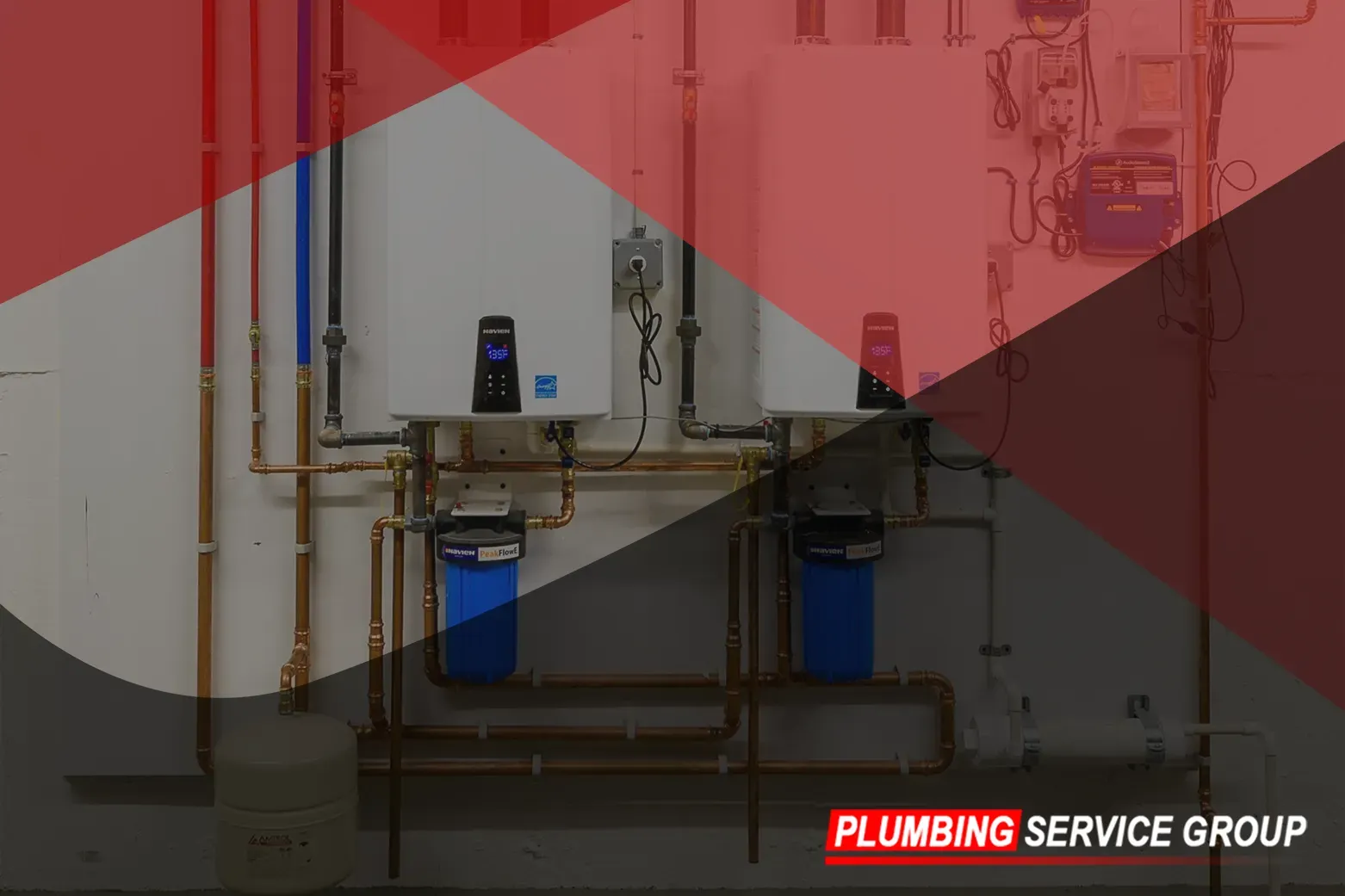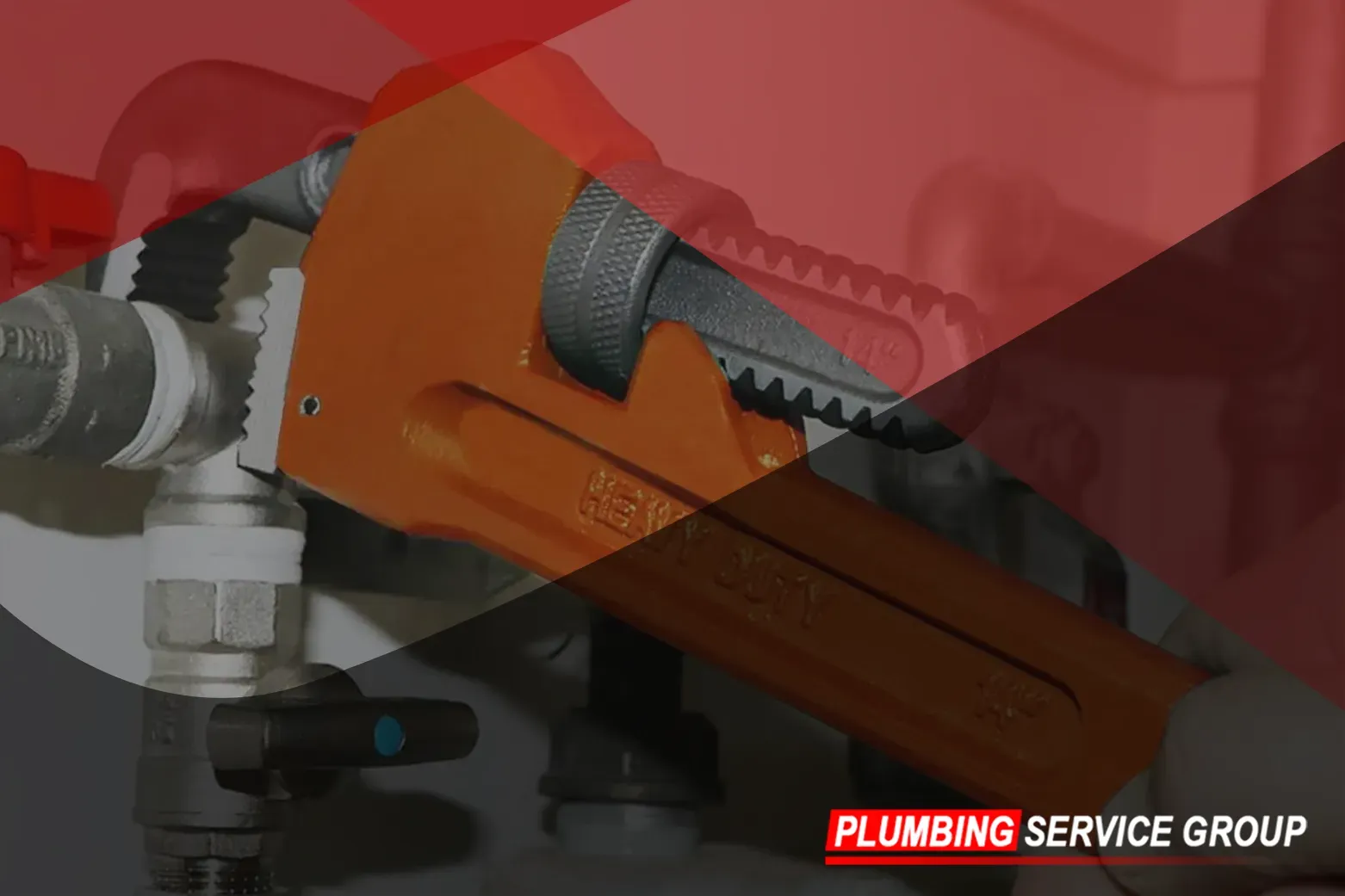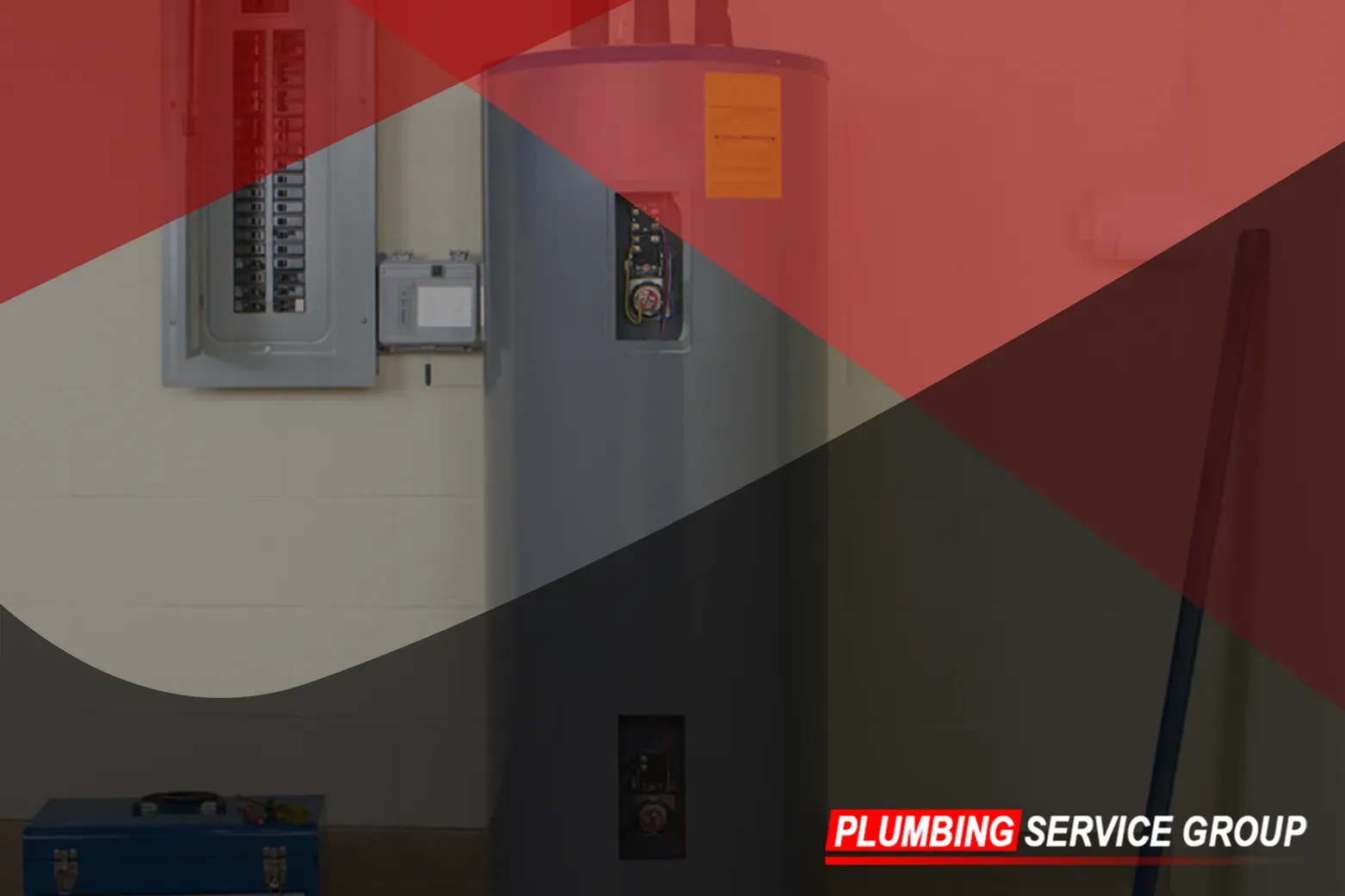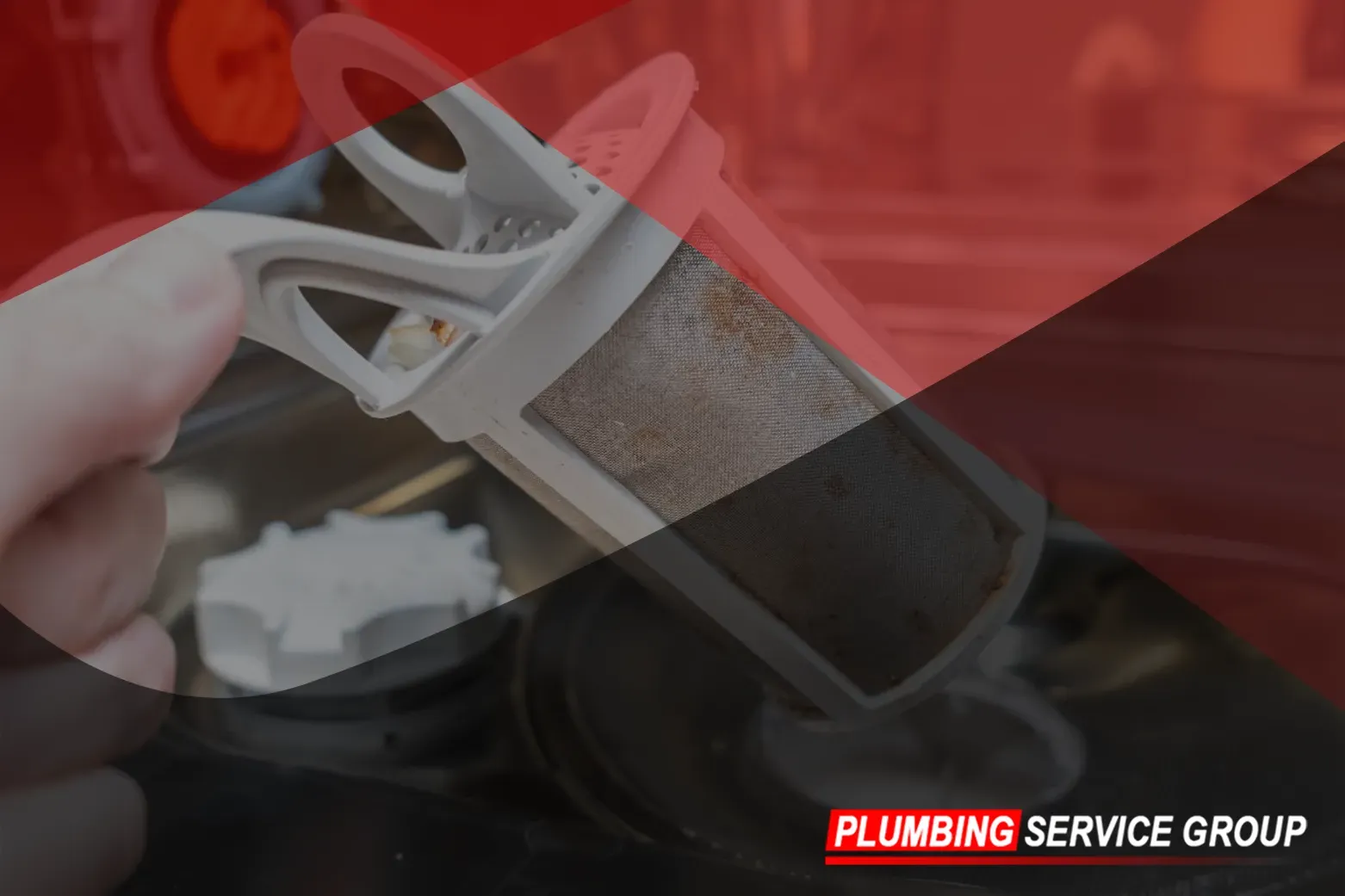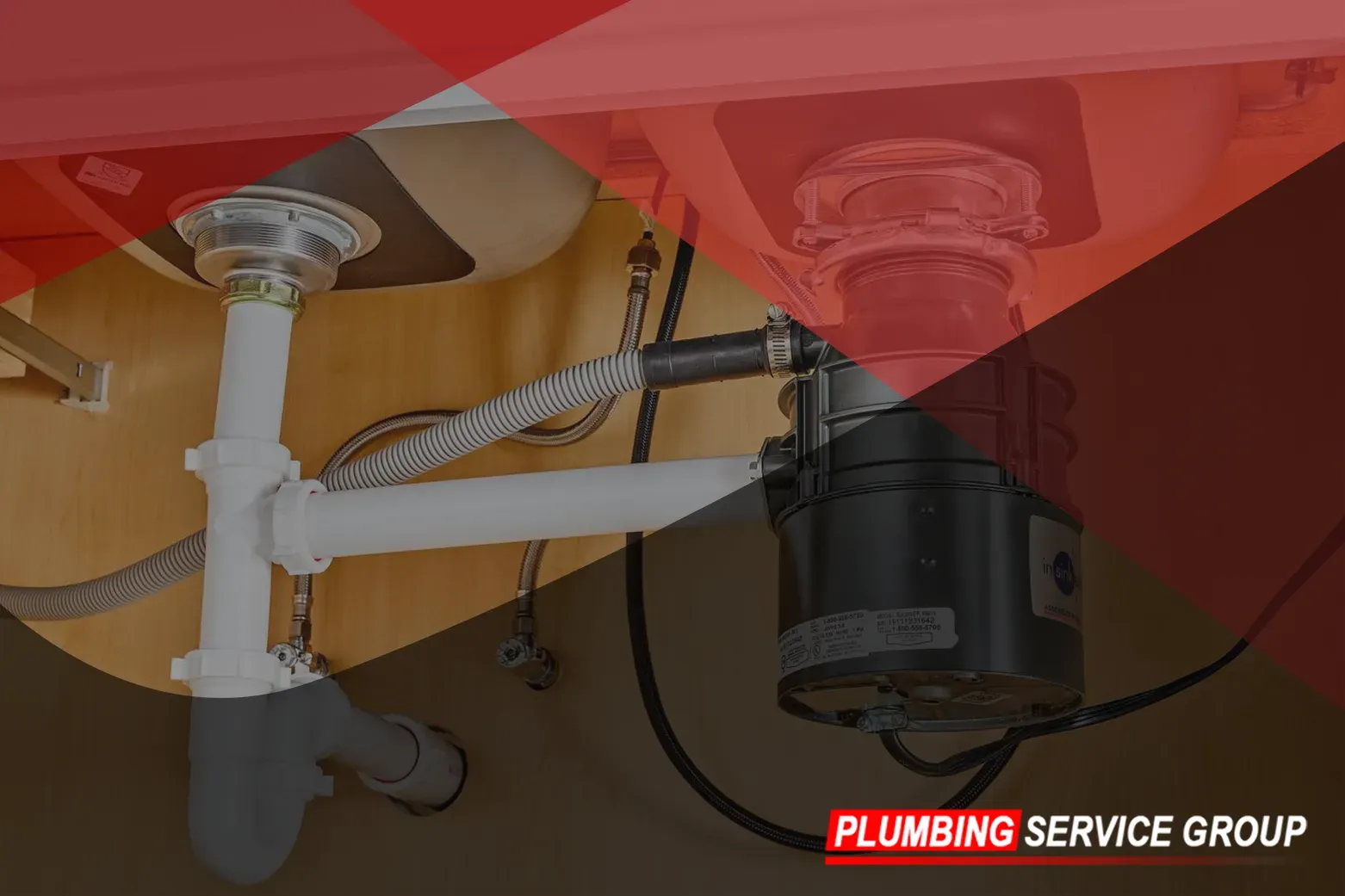Get in touch
555-555-5555
mymail@mailservice.com
How to Unclog a Shower Drain Masterfully?
Are you tired of standing ankle-deep in water every time you take a shower? A clogged shower drain can be a frustrating problem that disrupts your daily routine and leaves you feeling less than refreshed. But fear not – Plumbing Service Group is here to help you master the art of unclogging your shower drain like a pro.
In this comprehensive guide, we'll walk you through step-by-step instructions on how to effectively unclog your shower drain using simple tools and household items. With our expert tips and tricks, you'll be able to tackle even the toughest clogs with ease and restore proper drainage to your shower in no time.
Step-by-Step Instructions
Identify the Problem:
Before you start any unclogging process, it's essential to identify the root cause of the clog. Is it hair, soap scum, or something else? Knowing what you're dealing with will help you determine the best approach for unclogging your shower drain.
One common culprit of shower drain clogs is hair. As we shower, loose strands of hair can accumulate in the drain, gradually forming a dense mass that impedes water flow. Soap scum is another frequent offender, particularly in households that use bar soap or products containing oils and fats. Over time, soap residue can build up on the walls of the drain pipe, narrowing the passage and causing water to back up.
However, clogs can also be caused by other materials, such as mineral deposits, foreign objects, or even tree roots infiltrating underground pipes. Identifying the specific cause of the clog is crucial to selecting the most effective unclogging method.
Remove the Cover:
Most shower drains are equipped with a cover or grate that can trap hair and debris, contributing to clogs. Start by removing the cover and inspecting it for any buildup of hair or soap scum. You may be surprised at how much gunk can accumulate here, causing water to drain slowly or not at all.
To remove the cover, simply lift it out of the drain opening using your fingers or a screwdriver, depending on the type of cover. Be careful not to force it or damage the surrounding tiles or grout. Once the cover is removed, set it aside and examine the area beneath it.
Inspect the cover and drain opening for any visible signs of hair, soap scum, or other debris. Use a flashlight to get a clear view inside the drain pipe, checking for any obstructions or buildup that may be causing the clog. If you notice a significant amount of hair or soap scum, it's likely contributing to the clog and will need to be removed.
Take this opportunity to clean the cover and drain opening thoroughly. Use a brush or old toothbrush to scrub away any stubborn buildup, and rinse the cover with hot water to remove any remaining residue. By keeping the cover clean and free of debris, you can help prevent future clogs and maintain proper drainage in your shower.
Try a Plunger:
A plunger is often the first line of defense against a stubborn clog in a shower drain. Make sure there's enough water in the shower to cover the plunger, then plunge vigorously up and down for about 30 seconds. This action creates pressure that can dislodge the clog and get the water flowing again.
When using a plunger to unclog your shower drain, it's crucial to ensure a proper seal between the plunger and the drain opening. This seal creates a vacuum effect that enhances the plunging action and increases the likelihood of dislodging the clog. To achieve a good seal, place the plunger over the drain opening and press down firmly, ensuring that the rubber cup completely covers the opening. If the drain has an overflow opening, you may need to cover it with a damp cloth or rag to prevent air from escaping. Once you've established a tight seal, begin plunging vigorously up and down, using short, sharp strokes. The goal is to create a strong force that can break apart the clog and push it through the pipes. Continue plunging for about 30 seconds, periodically checking to see if the water begins to drain.
If the water starts to drain, continue plunging for a few more seconds to ensure the clog is fully cleared. If the water remains stagnant, try adjusting the angle of the plunger or applying more pressure to create a stronger suction. After plunging, run hot water down the drain to flush away any remaining debris and test the shower to ensure that it drains properly. If the clog persists, it may be time to try a more aggressive approach, such as using a drain snake.
Use a Drain Snake:
If plunging doesn't do the trick, it's time to bring out the big guns – a drain snake, also known as a plumbing auger. A drain snake is a versatile tool designed to navigate through pipes and dislodge stubborn clogs that may be resistant to plunging.
To use a drain snake effectively, follow these steps:
- Prepare the Snake: Start by extending the snake to its full length, ensuring that the auger or blade at the end is securely attached. If the snake has a handle, grasp it firmly to maintain control as you insert it into the drain.
- Insert the Snake: Carefully insert the snake into the drain opening, guiding it into the pipe with a gentle but firm pressure. As you insert the snake, twist it clockwise to help it navigate through bends and obstructions in the pipe. This twisting motion will help the auger or blade break apart the clog and allow water to flow freely once again.
- Navigate Through the Pipe: Continue to push the snake further into the pipe while maintaining the clockwise twisting motion. The goal is to reach the location of the clog and apply pressure to break it apart. Take care to navigate around any bends or turns in the pipe, adjusting the angle of insertion as needed to reach the obstruction.
- Break Apart the Clog: Once the snake reaches the clog, apply gentle but steady pressure to break it apart. The auger or blade at the end of the snake will help dislodge the clog and allow water to flow freely once again. Avoid applying excessive force, as this could damage the pipes or push the clog further down the drain.
- Withdraw the Snake: After successfully clearing the clog, slowly withdraw the snake from the drain, taking care not to spill any debris that may have accumulated on the wire. Wipe the snake clean with a rag or paper towel to remove any residue before storing it away.
- Flush with Hot Water: To ensure that the drain is fully cleared, run hot water down the drain for several minutes to flush away any remaining debris. This will help prevent future clogs and ensure proper drainage in your shower.
By following these steps, you can effectively use a drain snake to tackle even the toughest clogs in your shower drain. If you're unsure how to use a drain snake or encounter difficulties during the process, don't hesitate to contact Plumbing Service Group for professional assistance. We're here to help!
DIY Drain Cleaner:
If you prefer a more natural approach to unclogging your shower drain, you can create your drain cleaner using simple household ingredients: baking soda and vinegar.
To make your DIY drain cleaner, follow these steps:
- Pour Baking Soda: Start by pouring about a cup of baking soda down the drain. Baking soda, also known as sodium bicarbonate, is a mild alkali that can help dissolve grease, grime, and other organic materials that contribute to clogs.
- Add Vinegar: After pouring the baking soda, follow it up with about a cup of vinegar. Vinegar is an acidic substance that reacts with baking soda to create a foaming action that can help dislodge the clog and break it apart.
- Cover the Drain Opening: Immediately cover the drain opening with a stopper or rag to contain the foaming action and prevent it from escaping.
- Let it Sit: Allow the baking soda and vinegar mixture to sit in the drain for about 30 minutes. During this time, the foaming action will work to break apart the clog and dissolve any organic matter that may be contributing to the blockage.
- Flush with Hot Water: After 30 minutes have elapsed, remove the stopper or rag and flush the drain with hot water. The hot water will help rinse away any remaining debris and ensure that the drain is clear and free-flowing.
Using this DIY drain cleaner regularly can help prevent clogs and keep your shower drain running smoothly. If you're dealing with a stubborn clog that doesn't respond to homemade remedies, don't hesitate to contact Plumbing Service Group for professional assistance. We have the tools and expertise to tackle even the toughest clogs and restore proper drainage to your shower.
Prevent Future Clogs:
Once you've successfully unclogged your shower drain, taking proactive measures to prevent future clogs is essential to maintaining smooth drainage and avoiding future plumbing headaches. Here are some effective steps you can take to prevent future clogs and keep your shower drain flowing freely:
- Install a Drain Strainer: One of the most effective ways to prevent hair and debris from accumulating in your shower drain is to install a drain strainer or hair catcher. These simple devices fit snugly over the drain opening and are designed to catch hair and other particles before they have a chance to enter the drain pipe. Regularly emptying and cleaning the drain strainer will help ensure optimal performance and prevent clogs from forming.
- Use a Drain Cover or Grate: In addition to a drain strainer, consider installing a drain cover or grate to prevent larger objects from entering the drain. These covers are typically made of durable materials such as stainless steel or plastic and are designed to fit securely over the drain opening. By blocking larger items such as soap bars, shampoo bottles, or razor caps from entering the drain, you can help prevent obstructions and keep your drain clear.
- Regularly Clean Your Shower Drain: Even with preventive measures in place, it's essential to regularly clean your shower drain to remove any buildup of hair, soap scum, or other debris that could contribute to clogs. You can use a variety of methods to clean your shower drain, including using a drain brush or plumber's snake to remove stubborn buildup, pouring boiling water down the drain to dissolve grease and soap residue, or using a commercial drain cleaner to break down organic matter. Regular cleaning will help maintain proper drainage and reduce the risk of future clogs.
- Practice Good Drain Habits: Encourage household members to practice good drain habits to prevent clogs from forming. Remind everyone to avoid washing large clumps of hair down the drain, dispose of grease and cooking oils properly (rather than pouring them down the drain), and use drain covers or strainers in sinks and showers to catch debris. By following these simple guidelines, you can help minimize the risk of clogs and keep your plumbing system in top condition.
By implementing these preventive measures, you can help ensure that your shower drain remains clear and free-flowing, reducing the need for frequent unclogging and minimizing the risk of plumbing emergencies. If you ever encounter a stubborn clog that you can't handle on your own, don't hesitate to contact Plumbing Service Group for professional assistance. We have the tools and expertise to tackle even the toughest clogs and restore proper drainage to your shower.
With these expert tips from Plumbing Service Group, you can say goodbye to clogged shower drains and enjoy smooth, uninterrupted showers once again. Remember, regular maintenance is key to preventing future clogs, so don't wait until a clog becomes a major headache. If you ever encounter a stubborn clog that you can't handle on your own, don't hesitate to contact Plumbing Service Group for
professional assistance. We're here to help!
Office
Email us
Call us
All Rights Reserved | Plumbing Service Group

